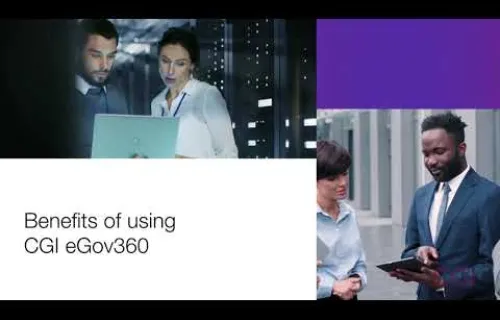Representing up to 40% of information systems volume, unused lines of source code, also known as “technical debt,” create higher operating costs for IT departments. The public sector in particular is struggling with this problem.
Technical debt is an increasing burden on the IT systems of all organizations, regardless of size. These lines of dead code in abandoned yet still active applications end up having just one victim—IT budgets—with rising maintenance costs eating into IT investment capability.
This reality is particularly evident in the public sector: It is estimated that between 20% and 40% of existing information systems (e.g., source code, applications, architecture, infrastructure, etc.) of government and local authorities consists of useless components (e.g., dead code, redundant software, infrastructure optimization) that nevertheless continue to generate operating costs.
It also has been estimated that local authorities and public institutions devote as much as 75% of their IT budgets to information system maintenance, and that this is the highest percentage across all IT activities.
This higher technical debt in the public sector is due to the fact that government IT systems were some of the first to be built and cover a huge range of applications, functionality, services and inter-application exchanges. A government authority can have hundreds of different functions, each with its own IT needs. Additionally, every institution deals with many different government services, regional councils, ministries and agencies, which adds further levels of complexity.
Information systems visualization: A first step toward controlling technical debt
At the same time, IT departments in the public sector are seeking to modernize their applications to respond to the demand for new uses (e.g., mobile, open data, IoT, etc.) to better serve their stakeholders. Application modernization is one of the top IT priorities for the government clients interviewed in CGI’s Voice of Our Clients program.*
So how can this need to modernize—and fund this modernization—be reconciled with the heavy technical debt legacy? IT departments must adopt a strategy that focuses first on mapping out their existing systems. With a clear vision of their portfolio of applications, IT managers will be in a position to analyze and identify possible savings so that funds can then be allocated to more innovative projects.
The alternative is to modernize blindly by incrementally adding new applications that end up compounding the overall technical debt. It’s important to embrace real application portfolio governance by conducting a systematic survey of tools and interdependencies. Then, IT departments can clearly and effectively visualize their IT systems through an assessment of the applications and underlying code.
In short, visualization of the application portfolio helps prevent compounding the existing debt. CGI works with clients to achieve such visualization. I invite you to learn about our application portfolio management capabilities.
*In 2015, CGI held 965 in-person client interviews across 10 industries and 17 countries as part of its Voice of Our Clients program.





